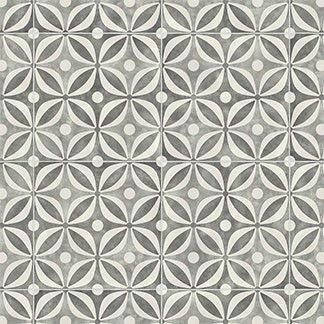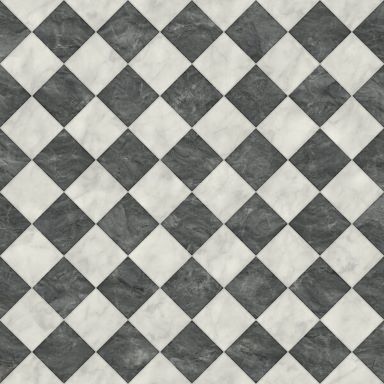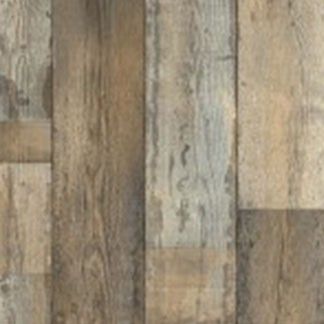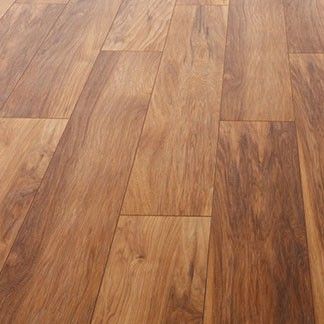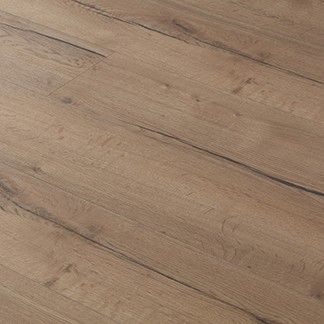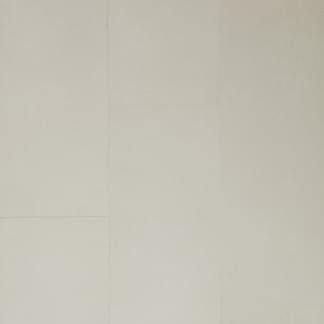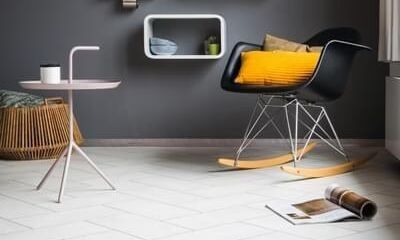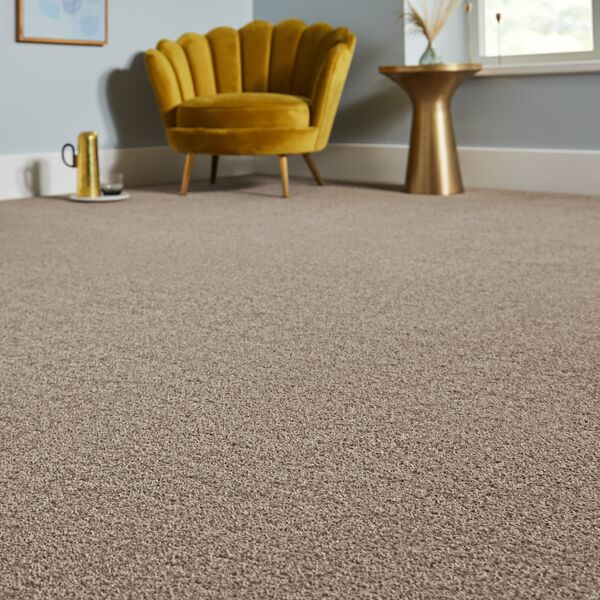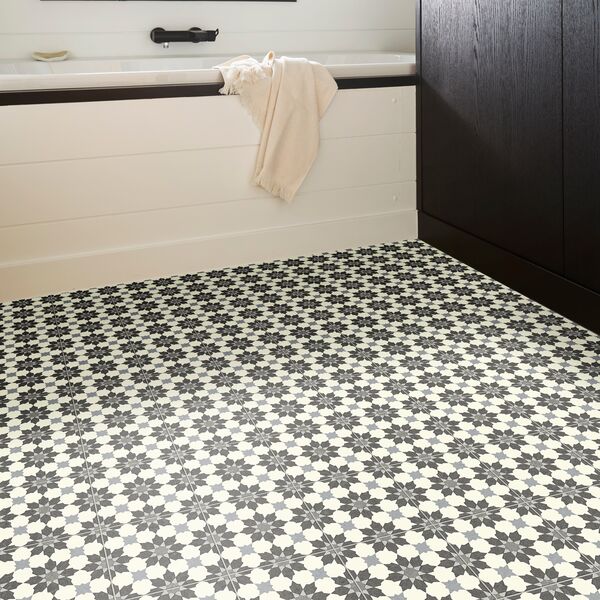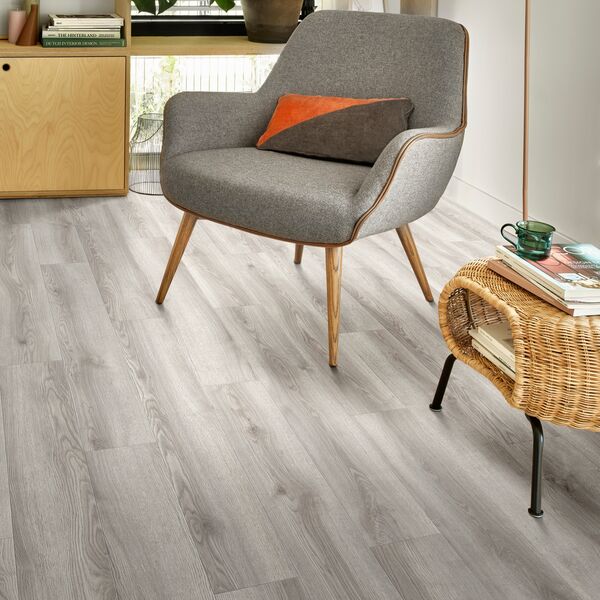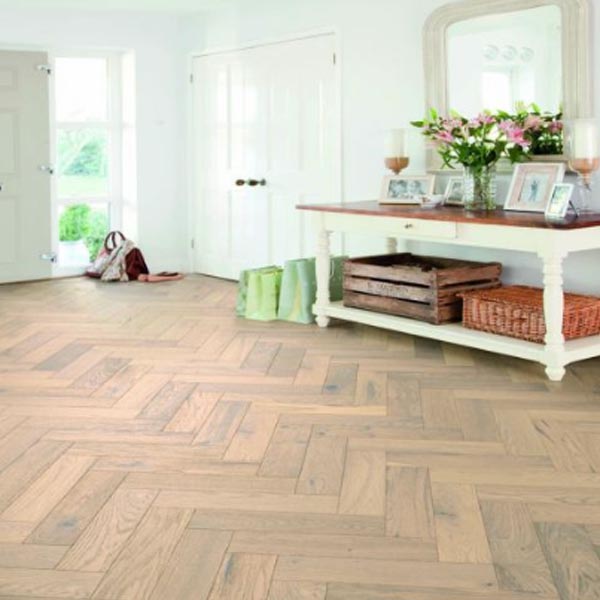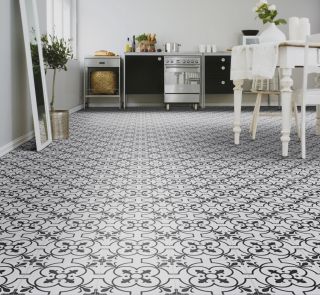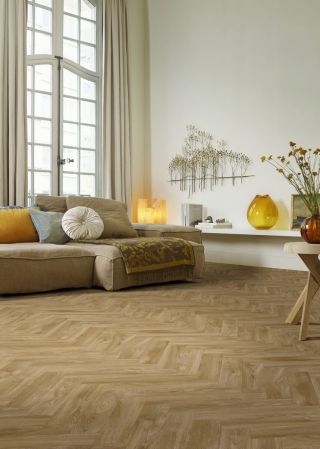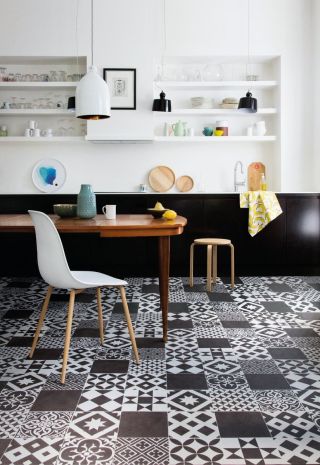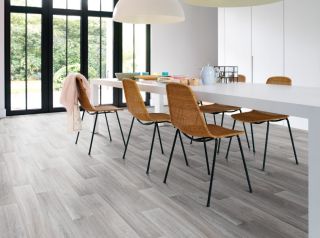- Offers
-
Carpets
-
Colours
-
Grey Carpet

-
Beige Carpet

-
Cream Carpet

-
Brown Carpet

-
Blue Carpet

-
Green Carpet

-
Red Carpet

-
Purple Carpet

-
Pink Carpet

-
Black Carpet

-
Silver Carpets

-
Dark Carpets

-
White Carpet

-
Multicolour Carpet

-
- Vinyl Flooring
- Laminate Flooring
- Luxury Vinyl Tiles
-
Engineered Wood
-
Designs
- Herringbone
- Oak
- Brushed & Oiled
- Lacquered
- Rustic
- Natural
-
- Ideas Hub
- CLOSE






























